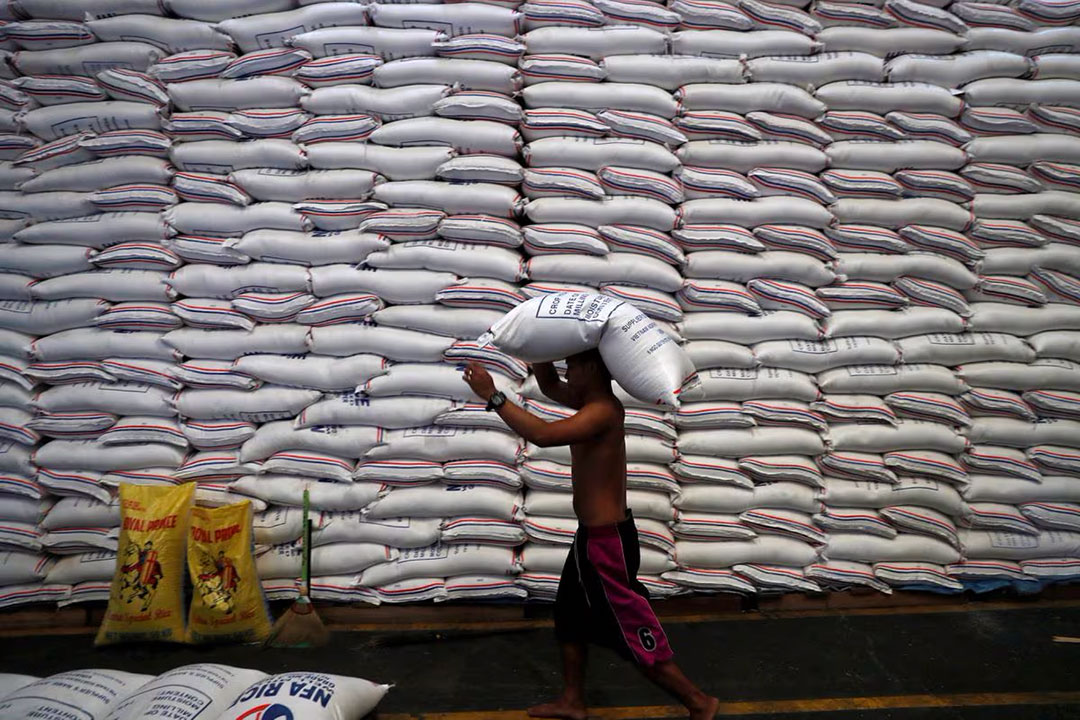
Upgrade to High-Speed Internet for only ₱1499/month!
Enjoy up to 100 Mbps fiber broadband, perfect for browsing, streaming, and gaming.
Visit Suniway.ph to learn
 STOCK PHOTO | Image from Freepik
STOCK PHOTO | Image from FreepikTHE PHILIPPINES needs to have about 350,000 more workers available to service pending renewable energy (RE) projects in the pipeline by 2030, according to the International Labor Organization (ILO).
The Philippines has the largest RE development pipeline in the region, with the current RE workforce estimated at only 120,000, ILO Philippines head Khalid Hassan told reporters on the sidelines of a green jobs forum in Makati City.
Mr. Hassan noted that the Philippines has obtained major RE investment commitments, including a deal with the United Arab Emirates government-owned Masdar (Abu Dhabi Future Energy Co.) for 10 gigawatts solar, wind, and storage by 2040.
He also noted Terra Solar is building a 3,500-megawatt RE project, which is expected to be the world’s largest solar plant by 2026.
Southeast Asia in general is projected to gain six million RE jobs by 2050, he said.
Mr. Hassan noted that skills gaps are crippling the growth of RE projects in the Philippines, with companies reporting a 75% shortage of skilled workers.
Training systems are outdated, fragmented, and not responsive to market needs, he added.
“Investments are being delayed or compromised due to a lack of ready, qualified workers,” he said.
He added that safety is also a major concern, with young workers most at risk, especially in the construction and installation of RE projects involving wind and solar.
The ILO noted that current technical and vocational education and training systems in the Philippines are government-driven, with employers “missing from the design and delivery” of the training.
Trainers often lack exposure to modern technology, Mr. Hassan said.
He also cited the absence of formal apprenticeships and the lack of a system to forecast skills needs.
“This disconnect is slowing returns on investment and affecting project quality,” he said.
The ILO is currently helping the Philippines establish a system that will offer quality apprenticeships in RE.
The program seeks to define industry standards and core competencies, establish certified apprenticeships linked to real jobs, promote occupational safety and health standards, and provide a direct voice to government on policy reform.
The platform is expected to shape policy on skills financing, labor mobility, and tax and regulatory incentives.
It seeks to help the Philippines establish “brand visibility” as a “green jobs leader.”
The platform aims to have 10,000 workers trained, half of them women, by 2029.
By that year, there should also be 2,400 certified apprentices with 80% job placement within six months, and 25 pilot training systems across the solar, wind, hydro, biomass, and geothermal industries.
By 2029, there should be at least 240 supervisors and 180 vocational instructors certified, the ILO said. — Kyle Aristophere T. Atienza




